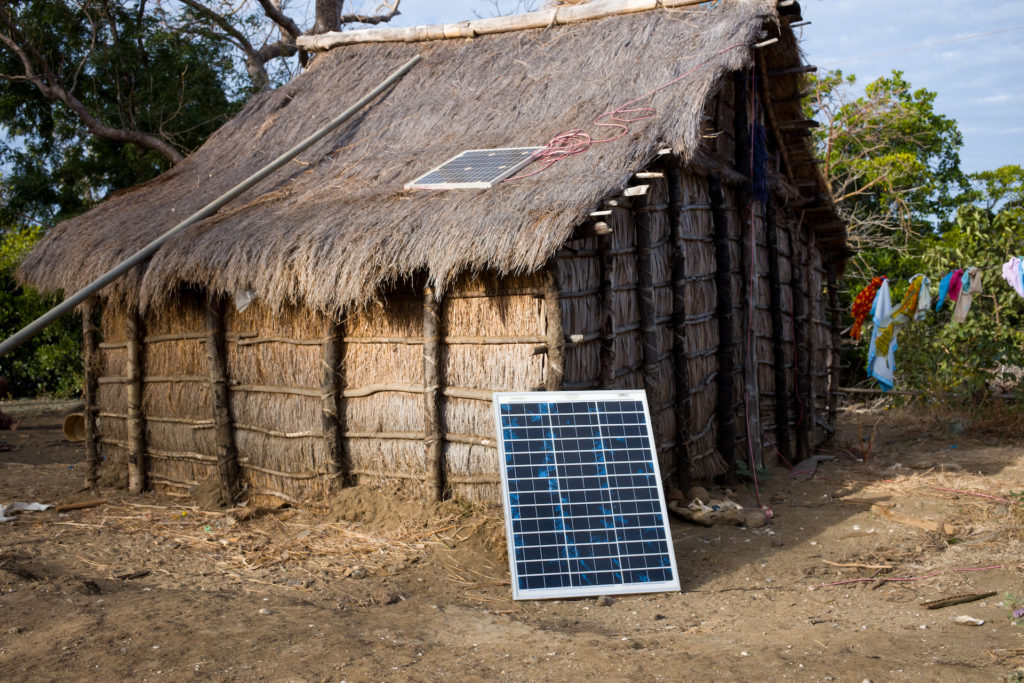
The world’s energy and climate future increasingly hinges on whether emerging and developing economies are able to successfully transition to cleaner energy systems, calling for a step change in global efforts to mobilise and channel the massive surge in investment that is required. Mobilising clean energy investment in the developing world must be a top global priority, IEA said.
Many of these countries do not have access to the funds they need to rapidly transition to a healthier and more prosperous energy future – and the damaging effects of the Covid-19 crisis are lasting longer in many parts of the developing world. Annual clean energy investment in emerging and developing economies needs to increase by more than seven times – from less than USD 150 billion last year to over $1 trillion by 2030 – to put the world on track to reach net-zero emissions by 2050, according to our new report, Financing Clean Energy Transitions in Emerging and Developing Economies.
The report, which was carried out in collaboration with the World Bank and the World Economic Forum, finds there is no global shortage of capital, but many countries need stronger policies, more robust financial markets, and coordinated international efforts to ensure that private investors take advantage of the huge opportunities available. We also offer key recommendations for unlocking a massive surge in clean energy investment in the developing world, IEA said. Developing and emerging economies account for two-thirds of the world’s population but only one-fifth of investment in clean energy – and just one-tenth of global financial wealth.
Of the nearly 800 million people without access to electricity, about 600 million live in sub-Saharan Africa. Energy poverty leads to other injustices because electricity powers our economies, schools, and hospitals. In a recent op-ed article, European Commission Executive Vice President Frans Timmermans and our Executive Director Fatih Birol highlight that we can achieve universal energy access by 2030 but we have to get working on it now.
The priorities focus on financing sectors that are market-ready, based on technologies at mature and early adoption stages, such as renewables and efficiency. They also examine options for financing transitions in fuels and emissions-intensive sectors where decisions taken over the next decade can lay the groundwork for the integration of new technologies – or could potentially lock in emissions for decades to come. We focus on actions that need to be taken between now and 2030 – a pivotal decade for economic recovery, for the realisation of the UN Sustainable Development Goals and for climate action, IEA said.
The IEA’s Roadmap to Net Zero by 2050 was released last month and is the world’s first comprehensive study of how to transition to a net zero energy system globally by 2050 while maintaining robust economic growth and ensuring stable, affordable and universal energy supplies. The Group of Seven (G7) leaders detailed their strong commitment to reach net-zero emissions by mid-century when they met earlier this month and highlighted the recent landmark report on Net Zero by 2050 that maps out a pathway to get there. In the communiqué from the recent Summit in south-west England, the leaders of the world’s largest market economies noted the IEA’s “clear roadmap” for achieving net zero globally by 2050 and called on all countries, in particular major emitting economies, to join them in to make that goal a reality.
The deployment of new solar, wind and battery technology may get more attention, but a key pillar for reaching net-zero emissions is simply using energy more efficiently. In the pathway set out in our Net Zero by 2050 Roadmap, global energy demand by mid-century is around 8% lower than today but serves an economy more than twice as big and a population with 2 billion more people. That means each unit of energy will have to go a lot further than it does today in terms of heating or cooling our homes, making our food, power our vehicles and manufacturing the goods we use, IEA said.
